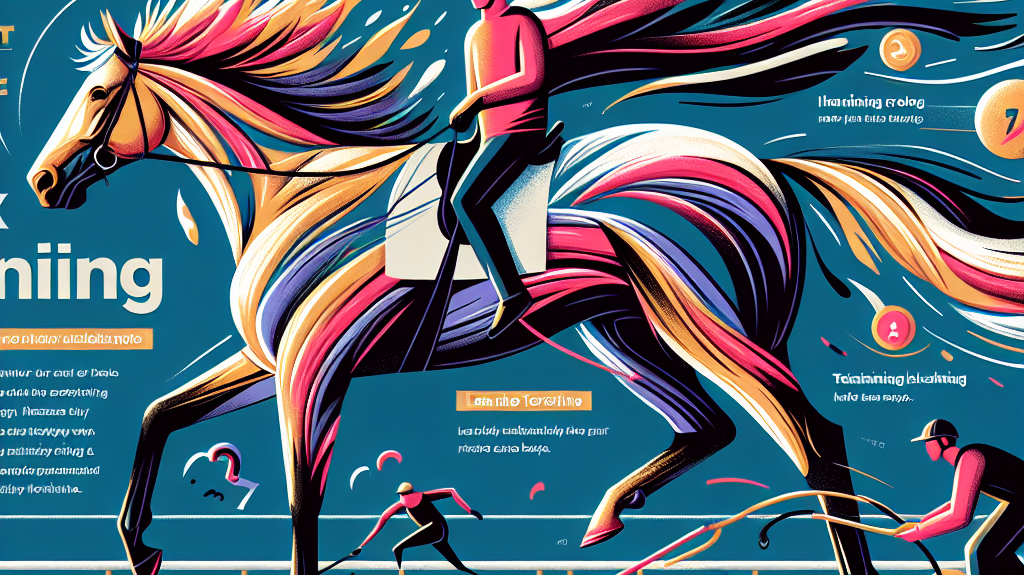Warm-Up Techniques for Performance Horses: A Game-Changer for Equestrian Sports
Performance horses, much like human athletes, rely heavily on warm-up routines to prepare their bodies for optimal athletic performance. Recent research published in the journal Animals highlights the significance of these warm-up strategies and their profound impact on horse performance and well-being.
Cardiovascular and Musculoskeletal Preparation
Just as you wouldn't sprint without a proper warm-up, horses also need appropriate preparation to prevent injuries and enhance performance. According to the research, warm-ups are vital in increasing temperature and gradually engaging the cardiovascular and musculoskeletal systems. By doing so, warm-ups can reduce the likelihood of injuries, making them indispensable for horses competing in disciplines ranging from racing to dressage and show jumping.
The Misconception of High-Intensity Warm-Ups
Contrary to popular belief, high-intensity warm-ups are not always the golden ticket to better performance. The study pointed out that certain sports, even in human athletics, benefit less from such intense preparations. The same scenario applies to horses. High-intensity warm-ups do not necessarily confer additional advantages and can sometimes even impede performance.
Discipline-Specific Warm-Up Strategies
Interestingly, the study underlined that different equestrian disciplines require customized warm-up approaches.
Racing Horses
For instance, Thoroughbred and Standardbred racehorses benefit more from loosening up over approximately 2 miles at a speed slower than racing pace. This method increases their time to fatigue, preparing them better for the competition. In contrast, high-intensity warm-ups did not show additional benefits for these horses.
Show Jumping vs. Dressage
Performance varied significantly among elite show-jumping horses, who experienced decreased performance with high-intensity warm-ups. This decline was linked to more penalties and lower placements. On the other hand, dressage riders saw improved results with longer warm-ups. Averaging around 35 minutes, these extended sessions often led to better final scores. This discipline-specific insight indicates the nuanced understanding necessary for optimal performance.
The Role of Gaits in Warm-Ups
The study also delved into the specifics of gaits employed during warm-ups. Show-jumping riders predominantly used the trot, while dressage riders preferred extensive walking in their routines. These tailored approaches indicate that even the type of gait can influence the efficacy of warm-up strategies.
Key Takeaways
While the necessity of warm-ups is unquestionable, the study emphasizes that longer or more intensive sessions are not automatically better. The crucial factor lies in the quality and appropriateness of the warm-up tailored to the specific needs of the horse and the discipline in which they compete.
Collaborative Effort: For optimizing horse performance, a collaborative approach involving riders, trainers, and veterinarians is essential. Future research aims to refine these recommendations further, hoping to offer more detailed guidelines tailored to various equestrian disciplines.
Conclusion
Optimizing warm-up techniques for performance horses is paramount for their athletic performance and overall well-being. Understanding the importance of cardiovascular and musculoskeletal preparation, the intensity of warm-ups, discipline-specific strategies, and the role of different gaits can help riders and trainers develop customized routines that best suit their horses. As per the study's findings, collaboration among the equestrian community—riders, trainers, and veterinarians—is crucial for refining and implementing these effective warm-up strategies.
By embracing these insights, the equestrian sport can ensure the well-being of horses while maximizing their competitive edge—one warm-up at a time.
Source: The Horse




